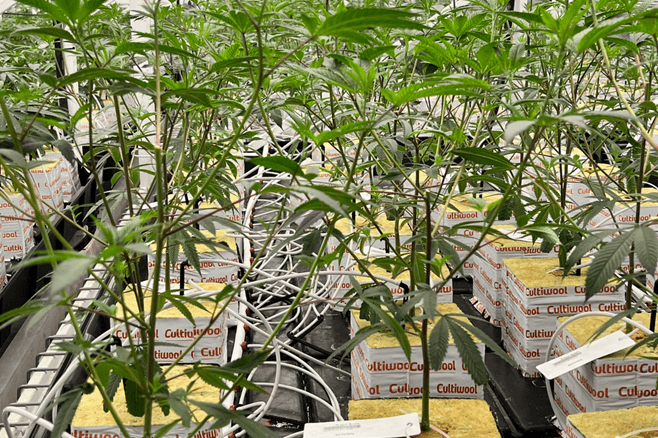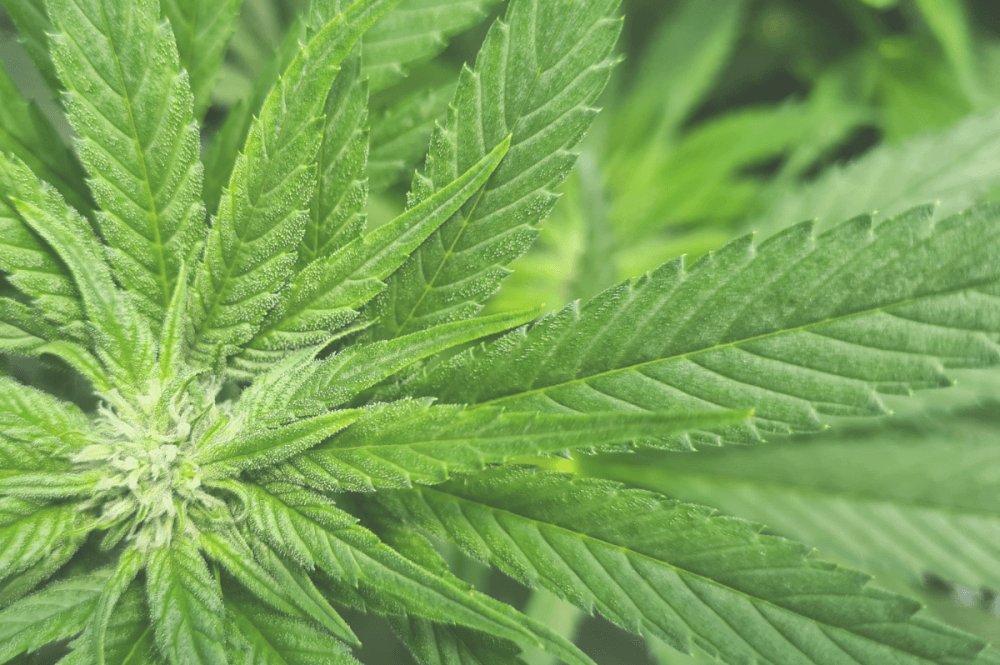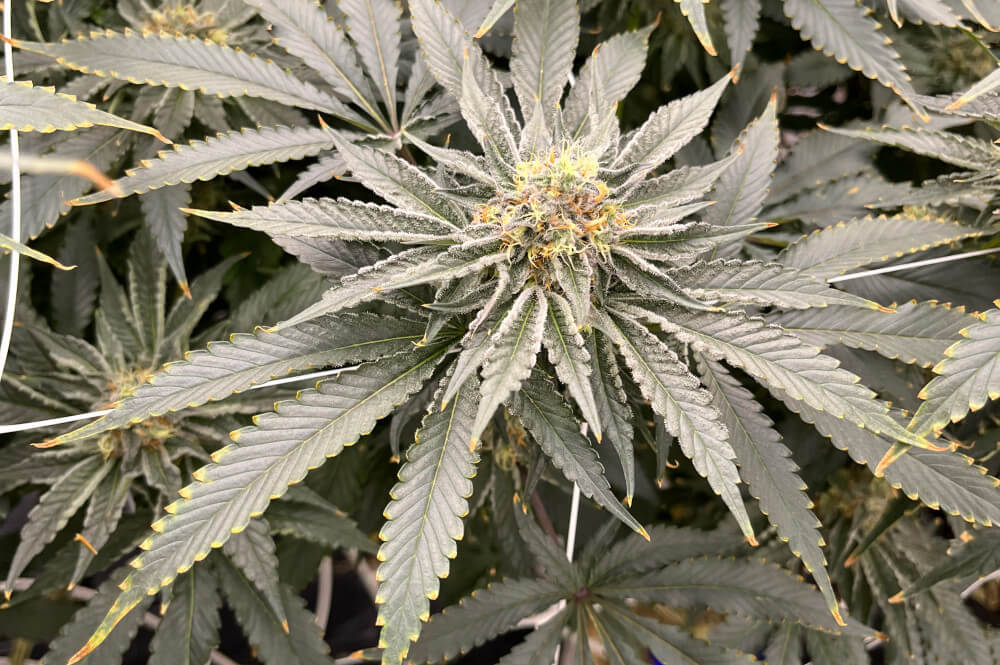
Stone Wool Saturation: Why it is Important and How to do it Right
7 October 2022
Cultiwool’s Products Measurements Results
Similarly to other growing media, when stone wool is delivered it is dry, meaning, it contains 0% water. In comparison to other substrates, stone wool has many advantages, such as lighter weight, a great moisture holding capacity, more convenient transportation, and longer shelf-life for unused products. Therefore, when a grower plans to start the cultivation of cannabis, the first step (and a very critical one) is to initially saturate the stone wool.
The product's characteristics, the origin and production process of the stone wool was discussed in depth in this article.
Stone wool saturation: a crucial process
In order to be able to unlock the full potential of stone wool a standardized approach to preparing and using stone wool is crucial. Saturation, sometimes referred to as primer or initial wetting is a crucial process and has to be done correctly. Soaking the stone wool substrate in a nutrient solution that has a pH of 5.5 to 5.8 and EC levels of at least 1.5 mS/cm. Never saturate with only clean water as you need to feed an inert substrate with a nutrient solution. Initial saturation is essential for optimal root development and plant growth. So growers, saturation is the basis for successful cultivation and key is to avoid dry spots in the substrate.
How to do it?
Saturation can be done by submerging, using a hose, or by an automated watering line. When submerging the stone wool products should be allowed to sink into the nutrient solution in their upright form, without being stacked upon each other. The length of saturation strongly depends on the type and size of the stone wool; when using plugs for cannabis propagation, they should be soaked for about 30 seconds, compared to blocks which have to be saturated for about 1 minute. When watering from above the plugs/blocks should be watered in 3 times and at a steady pace. This way the nutrient solution has sufficient time to penetrate the entire stone wool product until it is completely saturated. If you supply a large amount on one go this does not lead to full saturation.

Why is stone wool saturation important?
Thorough initial saturation is a key step to make efficient use of stone wool and to avoid any dry spots within the substrates. It is important because these dry spots will not be able to achieve full saturation anymore and will allow for salt build-ups within the block. Therefore, these should be prevented otherwise irregular root growth might occur, resulting in lesser uniform plant growth, and thus lower quality and yield. After soaking the stone wool products should not be pressed or squeezed.
The numbers tell the tale
After natural drainage takes place (water runoff from the bottom part of the stone wool), the large pores in the stone wool will be filled with air and the plants will enjoy the balance of oxygen and water availability in the root zone. Result of this process of first saturation, the stone wool will have better water infiltration into the smallest pores in the stone wool, while maintaining a good oxygen rate. These will prepare and increase the stone wool's available volume and nutrients for the plants' roots and create a healthy root zone.
Weigh your saturated products
Nevertheless, it is important to check the weight of saturated products. As blocks may appear to be fully saturated and then when weighing prove to have insufficient amount of nutrient solution. Always measure multiple blocks and in different parts of your growing table/gutter and growing room.
Recommended values
The table below illustrates the minimum weight after saturation for the most used Cultiwool stone wool products. The most often used product for cannabis cultivation is the stone wool block Cultiwool 666. Just like its name, the dimensions of the block are 6 x 6 x 6 inches (or 15 x 15 x 14.2 mm). With a volume of 3.2 liters you should have a minimum saturation weight of 2800 grams.

Table with recommended values (US)

Table with recommended values (metric)
Want to know more?
On this website you will find more information on our stone wool substrates and instructions for optimum use! If you have any questions, remarks, or requests about our products or cannabis cultivation, please feel free to contact us here, or via our Facebook and Instagram accounts.
More items

Where can I find Cultiwool?
Discover more about our Cultiwool network



